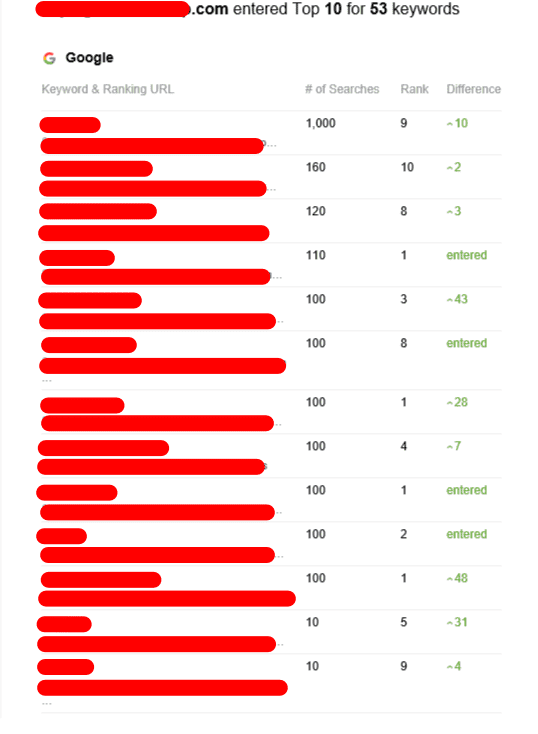Tiered Backlinks Service
Backlinks that have different levels of importance are an important tool in any SEO campaign. They can help create a solid profile of backlinks without risking penalties from search engines. But, it's important to understand how to utilize them properly.
Tier two backlinks come from sources that are moderately trustworthy like blogs, directories and article networks. The emphasis on relevance and quality is put aside in favor of volume at this point.
First Tier

Tiered link building is an SEO technique that helps establish a high-quality backlink profile for your website. It mimics what happens when authoritative content spreads across the web. This is accomplished by establishing an internet of sites or pages that vouch for an authoritative source and funneling their link juice to the page that is promoted. With this method you can create large numbers of links without degrading the quality of your site's content.
Tier 1 links are your best quality links from a company that provides different levels of backlinks. They should only be placed on reliable websites that relate to your industry. They must also have a high domain authority. This is the most important element of your tiered link building campaign, and it could be difficult to acquire. Tools like Moz, Ahrefs, SEMrush or Loganix DA Checker to verify the domain authority of potential donors for your Tier 1 links.
The next step in tiered link development is Tier 2. These are links that aren't as powerful than Tier 1 however they can boost your search engine rankings. You can use blog comments, forum posts, and wikis to create Tier 2 links. You should only apply this strategy if it's in violation of the rules and make sure to avoid automation.
Second Tier
It is possible to improve the quality and quantity of your backlink profile using the tier system. This will not result in penalties from search engines. It can be a long-winded process. Tiered link building strategies include linking to several pages of websites, which takes an inordinate amount of work. It can also take months to see results from the tiered link building campaign. This is because PageRank can take some time to reach the destination site.
The first tier should be made up of high-quality, dofollow links which originate from sites with high Domain Authority (DA). The importance of a backlink in the tier is in this stage. It is imperative to use a reputable domain authority checker such as Moz, Ahrefs, SEMrush, or Loganix to verify the authority of your tier one backlinks.
You can use profiles on social media platforms as well as un-spammed Q&A websites and blog networks. This could be social networking profiles or non-spammed answer and question websites as well as blog networks. Certain SEO practitioners utilize automated tools for building links to achieve this goal.
It is important that the links you get for your Tier 2 appear natural. Google's Webmaster Guidelines state that if a link looks artificial, it could be flagged as spam and penalized accordingly. This could lead to a significant drop in rankings or a manual action by Google's reviewers.
Third Tier
Link building in tiers is a fantastic method of increasing the authority of your website. It allows you to make the gains from low-quality backlinks while minimizing the possibility of being penalized by search engines. The strategy also increases the efficiency of your SEO efforts through the ability to acquire backlinks at a lower cost. However tiered link building is not without its disadvantages. It can be risky to build too many links that are of poor quality or are not relevant to your website. It is essential to not overdo the number of tier-links as Google could penalize your site.
tiered link building tools are less trustworthy than tier 1, and are intended to boost the domain authority for the original backlinks. These links can be obtained through blog comments, forums websites, wikis, and other web 2.0 sources. This kind of link is also referred to as "pumping levels." It is essential to ensure that your tier two links are high-quality and relevant.
Using too many automated tools to build Tier 3 links may violate Google's Webmaster guidelines and lead to an administrative action. Many optimizers utilize GSA, Xrumer, and ZennoPoster to automate their Tier 3 link creation. Tier 3 links should be built from reliable websites and niches. If they are not, Google will detect them as part of an ad-hoc link scheme and punish the site.
Fourth Tier
Tiered link building can be used to increase the authority of a website and improve its SEO ranking. It is essential to follow Google's guidelines when you employ this strategy. If you create high-quality backlinks in tier 3 on websites that aren't of good quality or are spammy, for example, this can cause your website to lose rankings. Similarly, if you acquire links at an unnatural pace, this can also raise red flags to Google and lead to a penalty.
To avoid this, you must concentrate on creating a wide range of backlinks that are tier one from reliable sources. You can incorporate links of the first tier in guest posts or roundups of links and article directories. You can also make use of tier 2 links to boost your tier 1 backlinks. Tier two links are generally more reliable than those in tier three.
It's important to remember that building tiered links takes a lots of effort and money. You'll need to pay for automation tools and content writers, for instance. Additionally, you'll need to keep track of all the different levels to ensure that your campaign is consistent and efficient. If you don't have the time or funds to devote to this strategy It is recommended to outsource it the company that specializes in tiered linking building.
